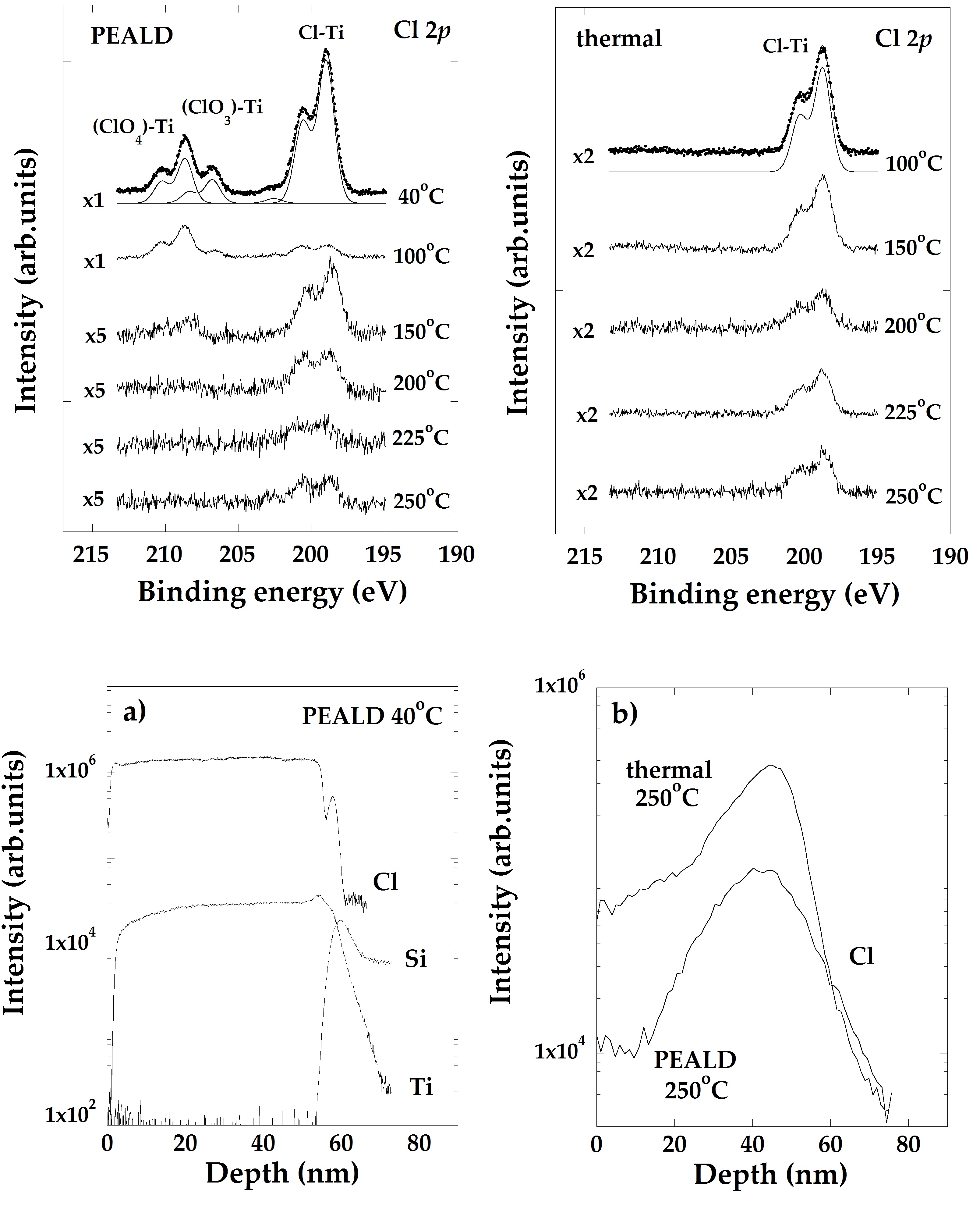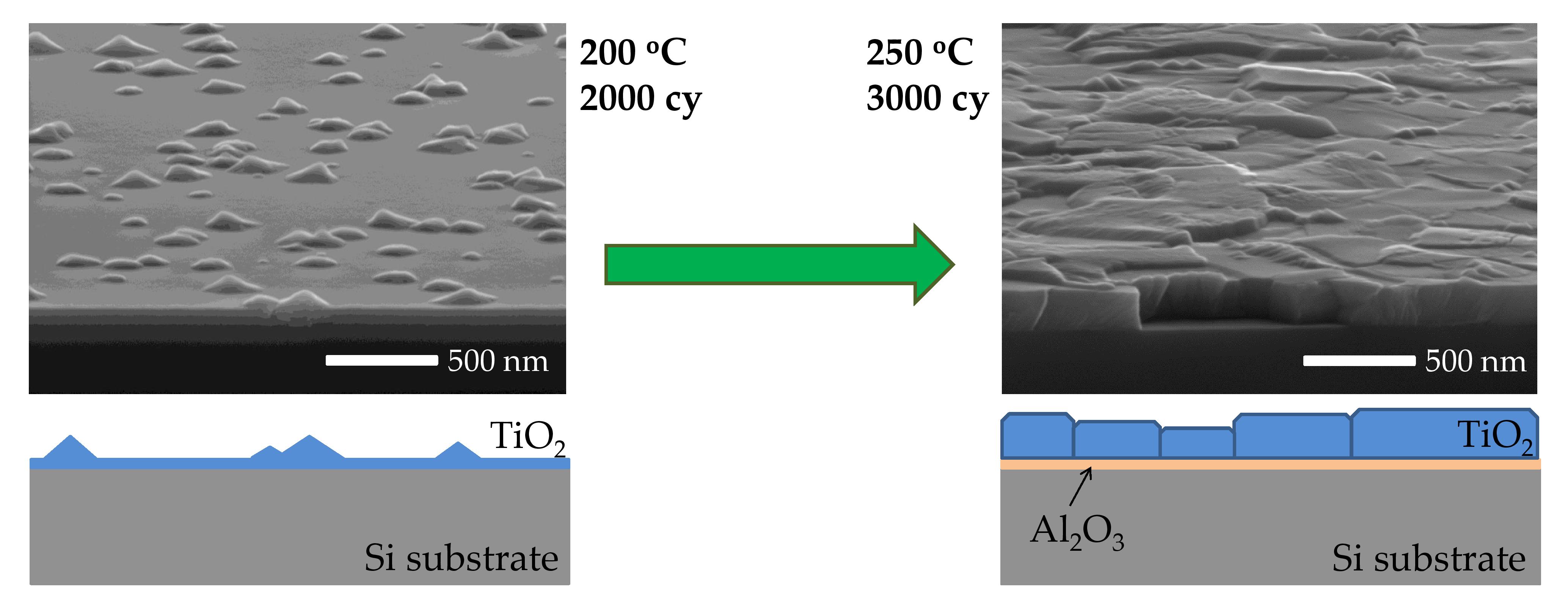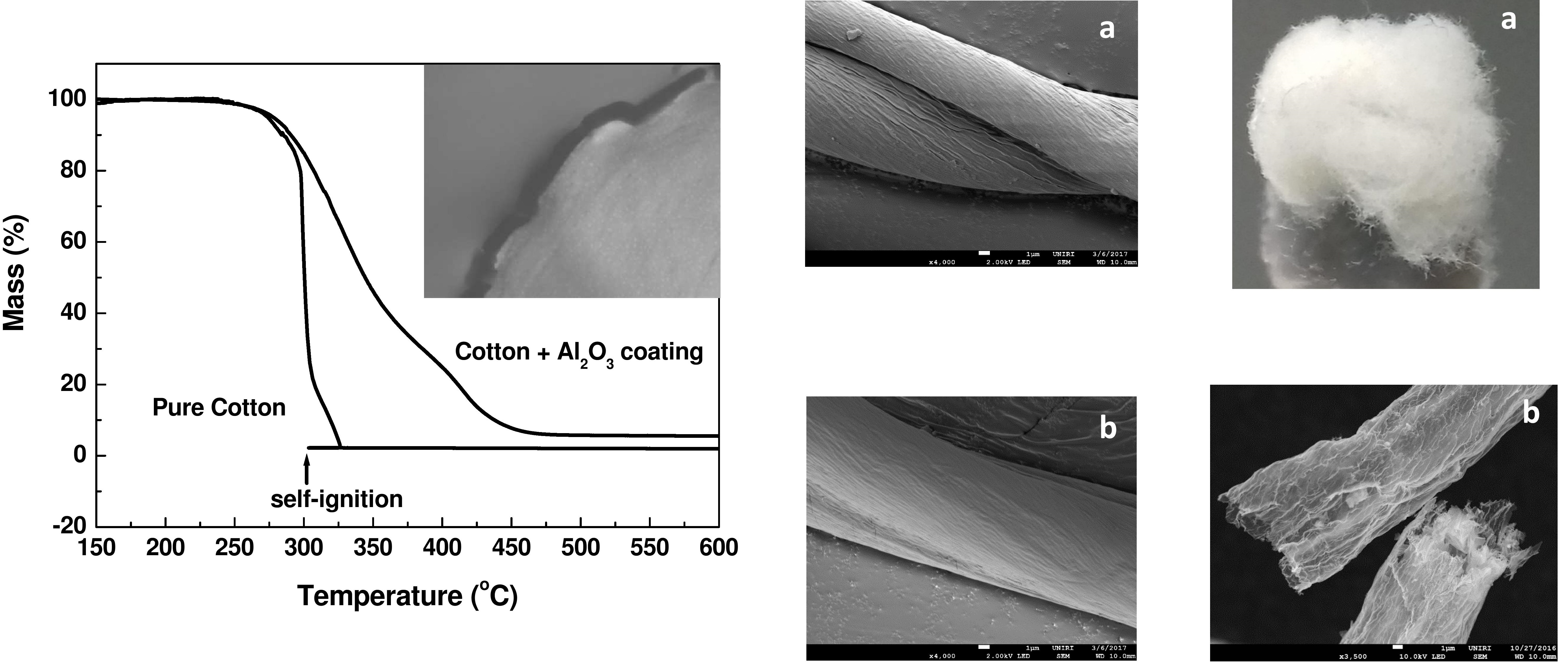Research - Laboratory for Thin Films
- Depositing thin films with Atomic Layer Deposition (ALD) and Plasma Enhanced Atomic Layer Deposition, (PEALD).
Over the past decade, the atomic layer deposition (ALD) has emerged as one of the most promising techniques for the growth of thin oxide films, due to its simplicity, the high conformity, an excellent thickness control and the reproducible growth of defect-free films. In recent years, plasma enhanced ALD (PEALD) technique has been successfully employed to lower the deposition temperatures, as the radicals produced in plasma can significantly improve the reaction of ALD precursors. When growing films with ALD or PEALD a certain amount of impurities, such as chlorine, carbon or hydrogen, can often be found within the films. The concentration and type of impurities and defects can have an important role in the chemical and physical properties of the material, such as conductivity or crystallinity. Therefore, in our research, we try to understand the role of impurities in the formation of the crystal structure and to control the impurity level during the ALD process.
In our recent studies, we investigated the presence of residual chlorine in thin TiO2 films grown with TiCl4 by PEALD and ALD at low-temperatures.
In our recent studies, we investigated the presence of residual chlorine in thin TiO2 films grown with TiCl4 by PEALD and ALD at low-temperatures.

We also examined the possibility of controlling the grain size of the as-deposited ALD anatase phase of TiO2 on any type of substrate by covering the substrate with a thin Al2O3 intermediate layer, grown in the same ALD sequence prior to the TiO2 deposition. At the same time, we studied the influence of the deposition temperature and the number of ALD cycles (i.e. the film thickness) on the crystallinity and the grain size of TiO2 films deposited on both the clean substrates and substrates covered with Al2O3 buffer layers.

We have studied the properties of thin protective coating layers of Al2O3, grown by ALD technique on surfaces of cellulose fibrous materials.Thin barrier coating of Al2O3 on the surface of fibrous cellulose material effectively prevents oxygen diffusion and spontaneous ignition of cellulose at elevated temperatures.

Contact
FACULTY OF PHYSICS
UNIVERSITY OF RIJEKA
Ulica Radmile Matejčić 2
51000 Rijeka
Tel.: +385 51 584 600
Fax: +385 51 584 649
Email: fizika@phy.uniri.hr














